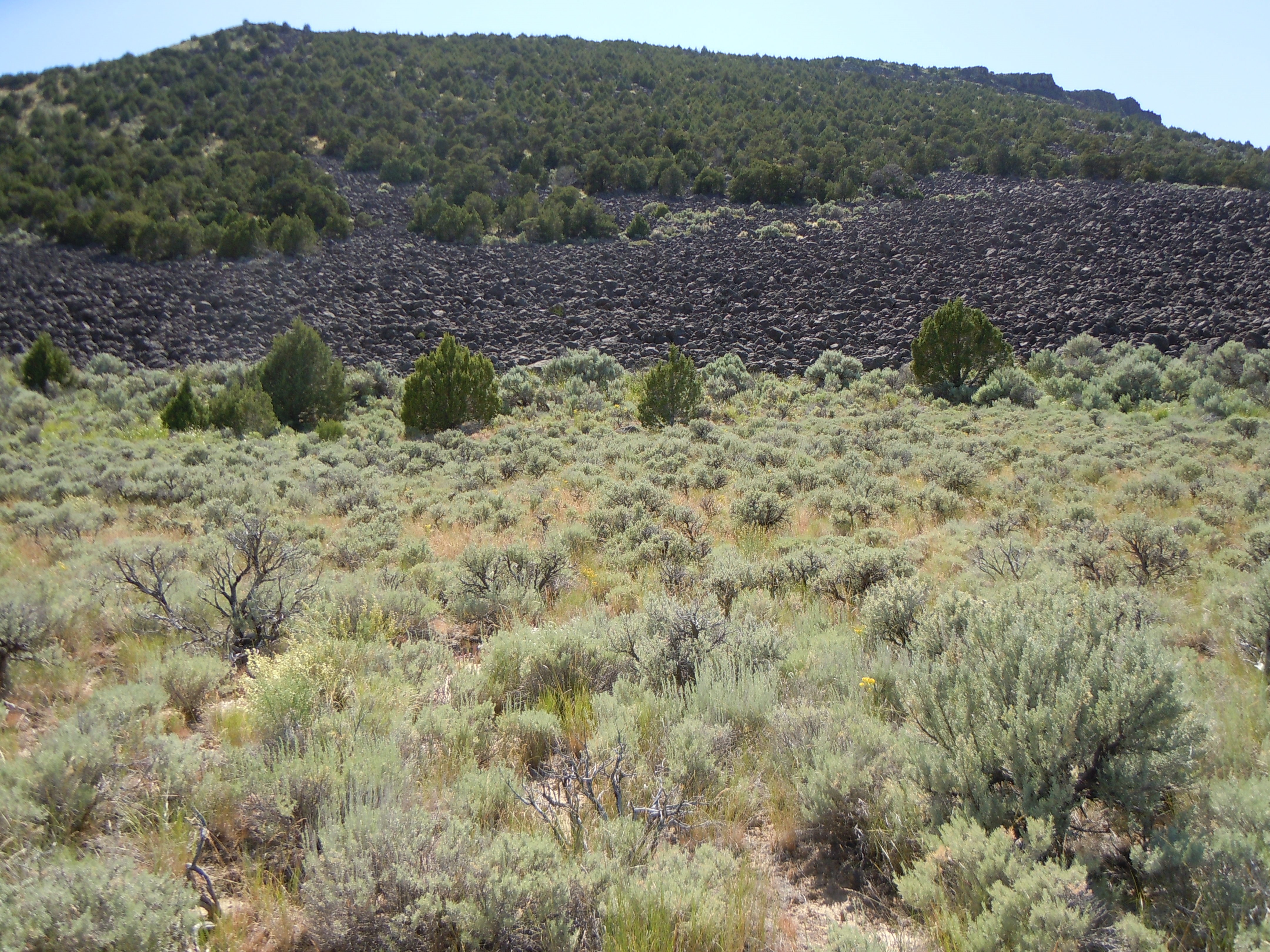
Natural or Native Vegetation
Asset Type : Natural
Water Classification:
Stormwater
Source Water Protection
Source Water Recharge
Stormwater
Source Water Protection
Source Water Recharge
Construction Rank :
1
O&M Rank :
1
How it Works : Native vegetation is the core of using alternative strategies for reducing runoff volumes and pollutant transport. Native vegetation effectively slows runoff where if falls, maximizing infiltration and reducing the volume of pollutants that would otherwise be transported downstream. *mention conservation easements, floodplains?
O&M Required : The O&M is less because the native vegetation is more resilient in their native climate.
Design Considerations : Seed should be applied uniformly (cyclone, drill, or hydroseeder). If feasible, broadcast seed should be covered by light raking followed by a roller. Sod has the advantage of immediate erosion control, however native grass sod is rarely available. Native grasses can be installed as “plugs,” (i.e. young, individual grass plants).
Costs : Low – Cost will range from approximately $0.08 to $0.76 per square foot of ground depending on types of vegetation used. Lower costs come with the economy of scale from larger areas, high costs with small areas.
Benefits : Native vegetation preserves predevelopment hydrology effectively, slows surface flows, promotes infiltration, and reduces erosion. It traps sediment and sediment-bound pollutants, improves soil structure, transforms nutrients into usable forms and breaks down many pollutants. Native vegetation typically requires less maintenance than non-native landscaping and requires significantly less expense. It also preserves wildlife habitat and provides aesthetic and recreational benefits.
Image by: Matt Lavin via https://www.flickr.com/photos/plant_diversity/5034673830/